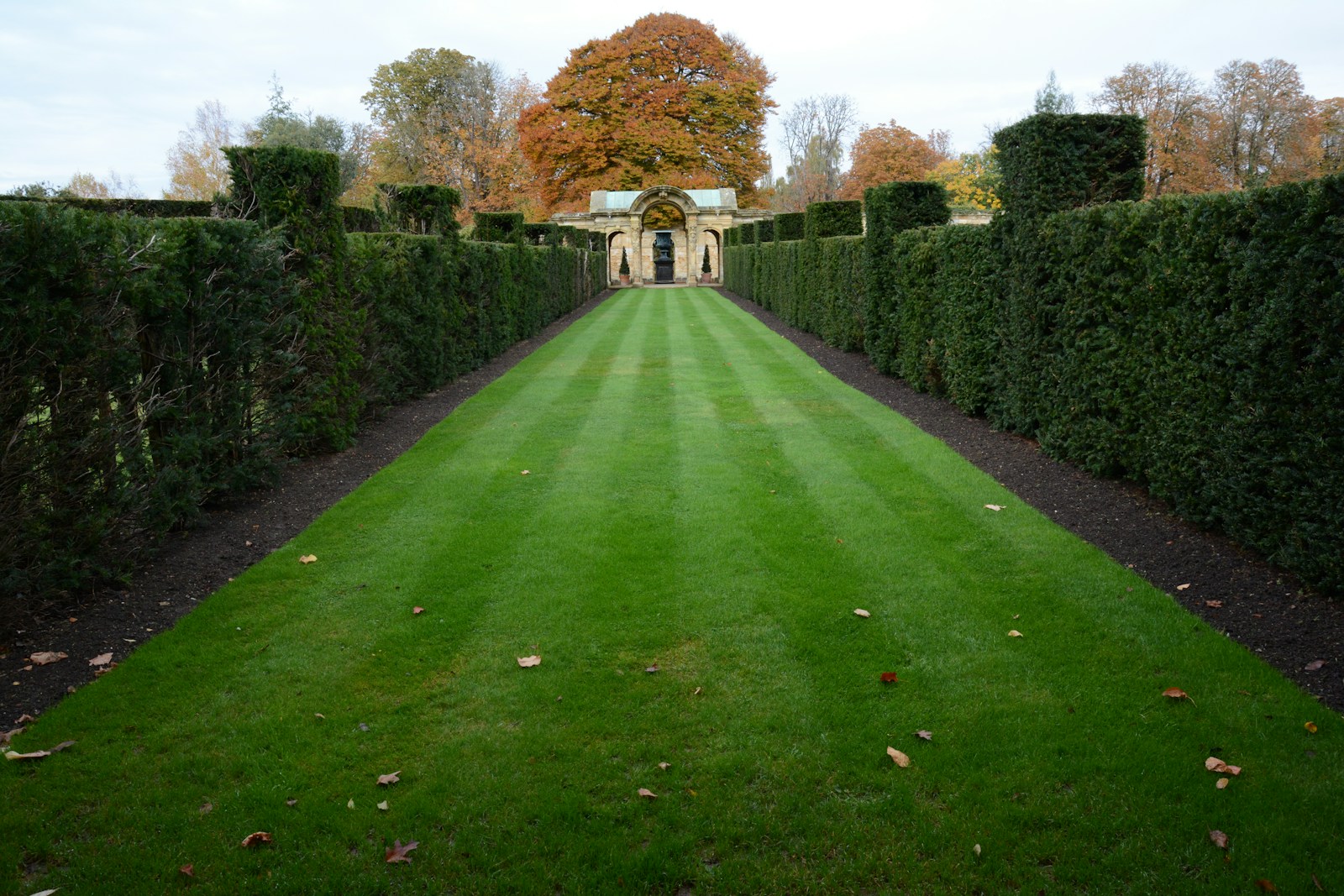As spring begins to unfold, March is an exciting time for gardeners. The longer days and rising temperatures encourage new growth, making it the perfect month to prepare your garden for the season ahead. However, in the rush to get started, it’s easy to make common mistakes that can set your garden back.
To help you avoid pitfalls and ensure your garden thrives, here are the most common March gardening mistakes—and how to fix them!
1. Mowing the Lawn Too Early (or Too Short!)
The Mistake:
Many gardeners are eager to give their lawns a first cut in March, but mowing too soon or too short can damage the grass, especially if the ground is still wet or frost is possible.
The Fix:
- Only mow when the grass is dry and the soil is firm—walking on soggy lawns can lead to compaction.
- Set the mower blades high for the first cut to avoid stressing the grass.
- Avoid heavy foot traffic on wet lawns to prevent damage.
🌿 Tip: If your lawn is covered in moss or thatch, hold off on heavy scarifying until April when the grass is actively growing.
2. Pruning at the Wrong Time
The Mistake:
While March is great for pruning some trees and shrubs, others should be left alone. Pruning too early or cutting the wrong plants can lead to poor flowering, disease, or dieback.
The Fix:
✅ Prune now:
- Roses (removing dead wood and shaping)
- Late-summer flowering shrubs (like buddleia and fuchsia)
- Clematis (Group 3) (cut back to around 30cm)
❌ Wait to prune:
- Spring-flowering shrubs (e.g., forsythia, lilac) – prune after they flower.
- Stone fruit trees (plums, cherries, peaches) – prune in summer to prevent silver leaf disease.
🌿 Tip: If you’re unsure whether to prune, wait until after flowering—you’ll be less likely to remove developing buds.
3. Overworking the Soil Too Soon
The Mistake:
Digging or tilling soil too early can do more harm than good, especially if the soil is wet and cold. Overworking wet soil can destroy its structure, leading to compaction and drainage issues.
The Fix:
- Test the soil before digging—grab a handful and squeeze it. If it sticks together in a wet clump, it’s too early to work.
- Wait for dry days before tilling or turning over flower beds.
- Instead of digging, add compost or mulch to improve soil health without disturbing delicate structures.
🌿 Tip: If you need to warm the soil for early planting, cover it with cloches or black plastic for a couple of weeks before sowing seeds.
4. Sowing Seeds Too Early
The Mistake:
Planting seeds too early—especially tender vegetables like tomatoes and peppers—can lead to weak, leggy plants that struggle to survive when moved outdoors.
The Fix:
- Sow hardy seeds outdoors now (peas, broad beans, onions, and early carrots).
- Start tender plants indoors (tomatoes, peppers, aubergines), but only move them outside after the last frost (usually late April or May).
- Use heated propagators or a sunny windowsill to help germination if starting seeds indoors.
🌿 Tip: Check seed packets for recommended sowing times based on UK weather conditions—March is often too early for direct sowing of many summer crops!
5. Forgetting to Feed Plants
The Mistake:
Many plants are coming out of dormancy, but without proper feeding, they may struggle to produce strong new growth. Neglecting feeding now can mean weaker plants later in the season.
The Fix:
- Fruit trees and shrubs: Apply a balanced slow-release fertiliser around the base.
- Lawns: Use a spring feed high in nitrogen to encourage lush, green growth.
- Flower beds: Add compost or a general-purpose fertiliser to replenish nutrients.
🌿 Tip: If you use organic feeds like seaweed extract or fish blood & bone, apply them now to give plants a gentle boost before peak growing season.
6. Ignoring Pests & Diseases
The Mistake:
As temperatures rise, pests and diseases become more active. Many gardeners wait until damage appears before taking action, making infestations harder to control.
The Fix:
- Check new growth for aphids—squash by hand or use biological controls like ladybirds.
- Watch for slugs & snails on young shoots—use barriers like crushed eggshells or wool pellets.
- Look out for fungal diseases (e.g., black spot on roses)—apply preventative sprays or remove affected leaves early.
🌿 Tip: Keep an eye on emerging weeds, as they compete with plants for nutrients. Hoeing on dry days will help keep them under control.
7. Not Preparing for Dry Weather
The Mistake:
Many gardeners wait until summer to start thinking about watering and drought-proofing, but March is the best time to set up water-saving systems.
The Fix:
- Install water butts now to collect rainwater before dry spells arrive.
- Apply mulch around plants to lock in moisture and reduce evaporation.
- Check your irrigation system before summer heat hits to ensure it’s working efficiently.
🌿 Tip: Early preparation saves time and effort in the hotter months, reducing the need for excessive watering in summer.
March Gardening: Do It Right for a Healthy Year Ahead!
Avoiding these common mistakes will set your garden up for a successful growing season. By timing your tasks correctly, protecting new growth, and planning ahead, you’ll enjoy healthier plants, better blooms, and bigger harvests in the months to come.
Need Help Getting Your Garden Ready?
If you’d like assistance with pruning, lawn care, hedge trimming, or planting, Project Garden is here to help!
📞 Call 07795 800 772
📧 Email info@projectgarden.co.uk
🌱 Let’s make this your best gardening season yet!


